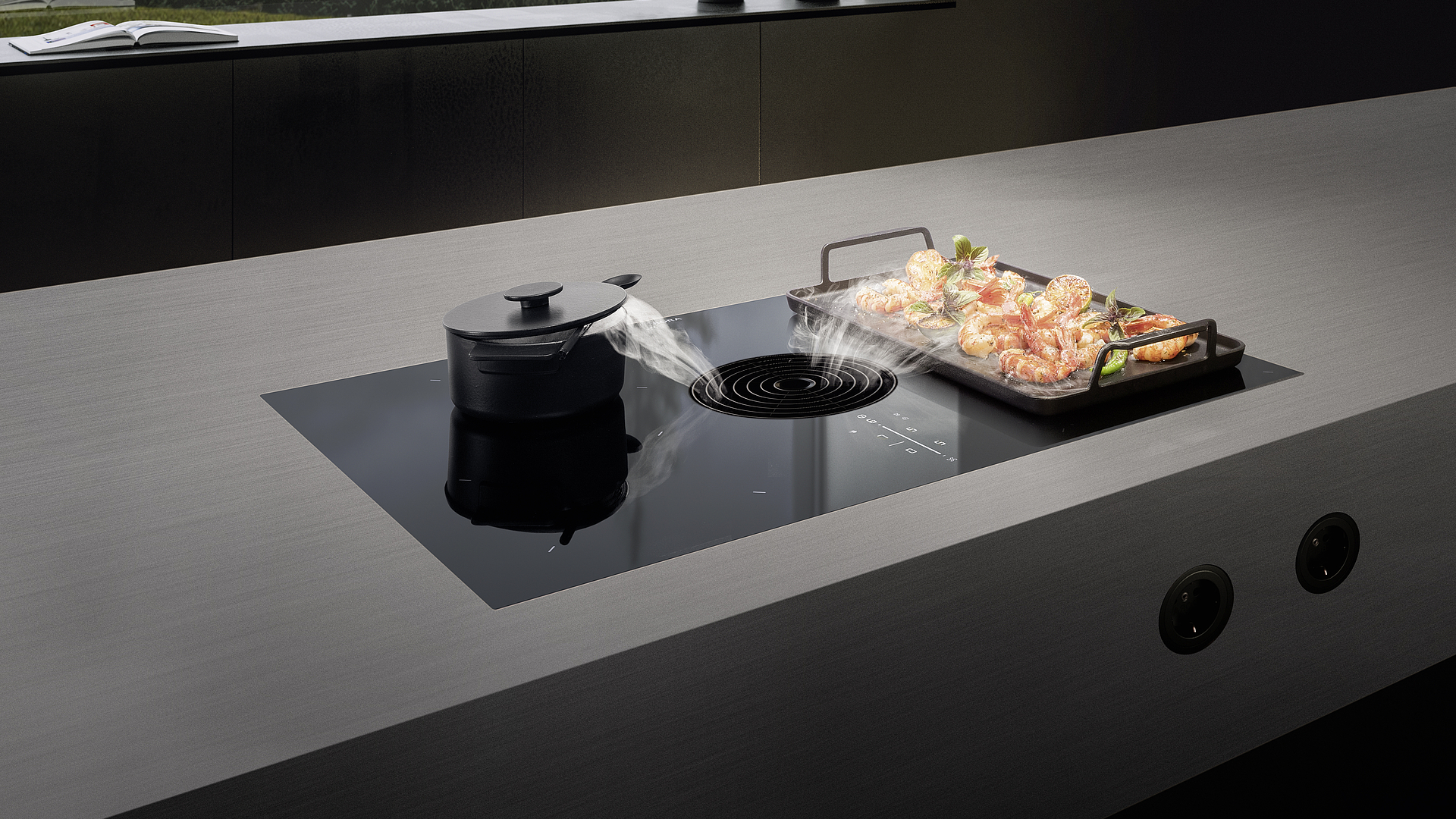
A simple guide to choosing pots and pans
They are our constant companions in any kitchen and yet we often know far too little about them. We’re talking about pots and pans. These may initially seem like banal terms but what exactly makes a good pot or a quality pan? What should you consider when making a purchase and what factors represent good quality?
Materials and their properties
Choosing the right material is crucial with regard to the cooking performance and durability of pots and pans. A carefully selected set of cookware tailored to the varying needs of everyday cooking can make all the difference in the kitchen. It’s not just about having the right pot or pan for each cooking method, but also about how the material interacts with the ingredients. Making the right choice when it comes to the materials can not only improve the way your dishes taste but also help retain more nutrients.
Some of the most common materials and their properties:
Stainless steel: durable, non-corrosive and easy to clean. Stainless steel pots and pans distribute the heat evenly, are robust, do not react with acidic food and do not alter the taste of dishes. Stainless steel cookware is dishwasher safe and suitable for all cooktop types, including induction cooktops if it has a magnetic base.
Ceramic: for gentle cooking at low temperatures. Ceramic doesn’t need coating, which is better for your health as no chemical compounds can be released. It’s ideal for gas, electric and glass ceramic cooktops.
Copper: excellent thermal conductivity and precise temperature control. Copper reacts quickly to changes to the heating temperature, enabling cooking processes to be precisely controlled. As it reacts with certain acidic or alkaline foods, potentially causing discolouration or taste changes, copper cookware often comes with a protective stainless steel or tin coating. It’s ideal for use on gas and electric cooktops.
Aluminium: lightweight and with good thermal conductivity. Despite usually being the lower-cost option, aluminium can still be used for most cooking processes. Like copper, aluminium can react to certain foods, which is why aluminium pots and pans often come with a non-stick coating. Aluminium cookware is suitable for use on gas, electric and glass ceramic cooktops, as well as on induction cooktops if it has a magnetic base.
Cast iron: excellent heat storage and distribution. Cast-iron pots and pans are ideal for recipes that require constant and persistent heat. They can be used for roasting, baking and even grilling. To that end, they require special and regular care, during which they have to be seasoned. Cast-iron cookware is suitable for all cooktop types. Due to its heavy weight, however, it can easily scratch glass surfaces.
The combination is key
Multi-ply pans are an innovative development in the world of cookware as they combine the strengths of different materials in a single product. This concept, also known as ‘clad cookware’, uses a combination of layers, typically metals such as stainless steel and aluminium or copper, to maximise the benefits of these materials. The outer layers of stainless steel offer durability and a strong surface while the inner layers provide optimum heat storage and distribution.
High-performance 5-ply stainless steel
For ambitious chefs who value quality and performance, products made from 5-ply stainless steel can be the perfect choice. The five-layer structure of the pot or pan, comprising two layers of stainless steel and three layers of aluminium, combines the best properties of both materials to optimise the cookware’s durability, efficiency and thermal conductivity, and thereby shorten the heat-up time, for example, for the ultimate cooking experience.
Features and design
Ergonomics
Never underestimate the importance of ergonomically designed handles and well-fitting lids. Handles should remain cool and be easy to hold while tight lids trap the steam to optimise the cooking process.
Organisation
When it comes to keeping kitchens neat and tidy, it’s often important for pots or pans to stack perfectly inside one another. When buying complete sets, you should therefore check that all the cookware stacks properly so it’s easy to store.
Smooth surfaces
A smooth base without any engravings or patterns also offers several benefits. It not only reduces the risk of scratching cooktops but also makes it easier to clean the pots and pans as there are no grooves in which dirt can collect. Cleaning is even easier if the products are dishwasher safe.
Broad range of use
To maximise the range of use, a pot or pan should be suitable for various cooktop types (e.g. radiant, induction or gas cooktops). Ovenproof products also make it easy to prepare meals in the oven at any time. Products should ideally also offer a certain degree of cold resistance so they can be placed in refrigerators and freezers. This makes it easier to store meals and reduces food waste.
Conclusion:
The choice of pots and pans may seem complicated at first, but with an understanding of materials, thermal conductivity and care requirements, it’s easy to find the perfect cookware for any kitchen. It’s worth investing in quality cooking utensils as these not only enable you to achieve better results but will also offer longer lasting enjoyment of your kitchen equipment. Cooking isn’t just an art, it’s also a science – and the right pots and pans are your tools for creating culinary masterpieces.